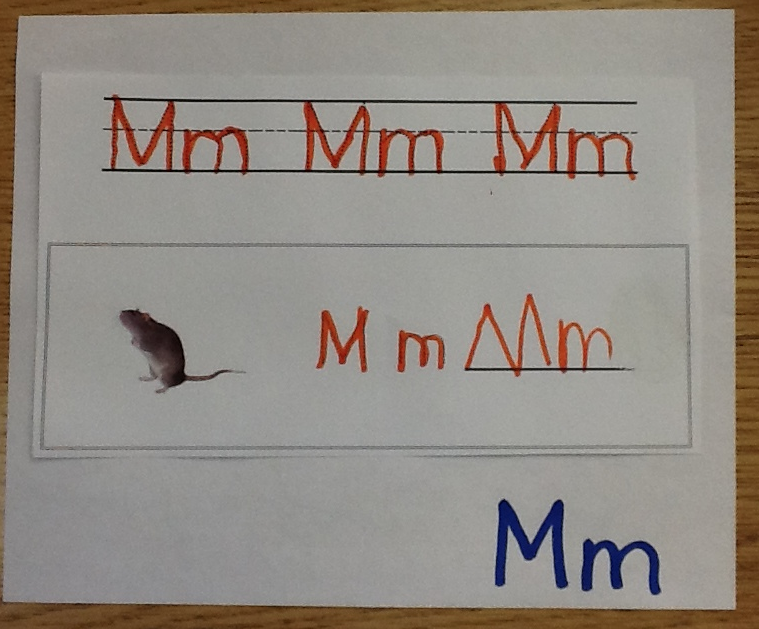Für Kindergarten bis zur 8. Klasse
Ich will auch in die Schule gehen ,
Ich will auch Geschwister haben,
Michel aus Lönneberga,
Tomte Tummetott
Tomte und der Fuchs
Tomte rettet Weihnachten
Guck Mal, Madita, es schneit
- von Astrid Lindgren
Vom kleinen Maulwurf, der wissen wollte, wer ihm auf den Kopf gemacht hat von Werner Holzwarth
Der Grüffelo von Axel Scheffler
Rosa Weiss von Roberto Innocenti
Es klopft bei Wanja in der Nacht
von Tilda Michels
Kommst du raus zum Spielen?
Du hast einen Vogel auf dem Kopf
Muss ich was abgeben? alle von Mo Willems
Ein Tag auf dem Dorffest von Arleta Richardson
Stefans Geheimnis von Donna Reid Vann und John Haysom
Die drei kleinen Schweinchen
He Duda von Jon Blake
Mama, ich kann nicht schlafen von Brigitte Raab und Manuela Olten
Der selbstsüchtige Riese von OSCAR WILDE (Autor), Lisbeth Zwerger
Der Glückliche Prinz
von Oscar Wilde (Autor), Cornelia Kandler (Illustrator)
Max im Herbst, Max kommt in die Schule
von Christian Tielmann
Es ist Herbst, kleiner Fuchs
von Matthew Farina (Autor), Doug Salati (Illustrator)
RiRaRutsch Bücher, für Kindergarten geeignet:
Besuch für Tom und Mia,
Julie kommt in die Schule...
Ich will auch in die Schule gehen ,
Ich will auch Geschwister haben,
Michel aus Lönneberga,
Tomte Tummetott
Tomte und der Fuchs
Tomte rettet Weihnachten
Guck Mal, Madita, es schneit
- von Astrid Lindgren
Vom kleinen Maulwurf, der wissen wollte, wer ihm auf den Kopf gemacht hat von Werner Holzwarth
Der Grüffelo von Axel Scheffler
Rosa Weiss von Roberto Innocenti
Es klopft bei Wanja in der Nacht
von Tilda Michels
Kommst du raus zum Spielen?
Du hast einen Vogel auf dem Kopf
Muss ich was abgeben? alle von Mo Willems
Ein Tag auf dem Dorffest von Arleta Richardson
Stefans Geheimnis von Donna Reid Vann und John Haysom
Die drei kleinen Schweinchen
He Duda von Jon Blake
Mama, ich kann nicht schlafen von Brigitte Raab und Manuela Olten
Der selbstsüchtige Riese von OSCAR WILDE (Autor), Lisbeth Zwerger
Der Glückliche Prinz
von Oscar Wilde (Autor), Cornelia Kandler (Illustrator)
Max im Herbst, Max kommt in die Schule
von Christian Tielmann
Es ist Herbst, kleiner Fuchs
von Matthew Farina (Autor), Doug Salati (Illustrator)
RiRaRutsch Bücher, für Kindergarten geeignet:
Besuch für Tom und Mia,
Julie kommt in die Schule...

 RSS Feed
RSS Feed
